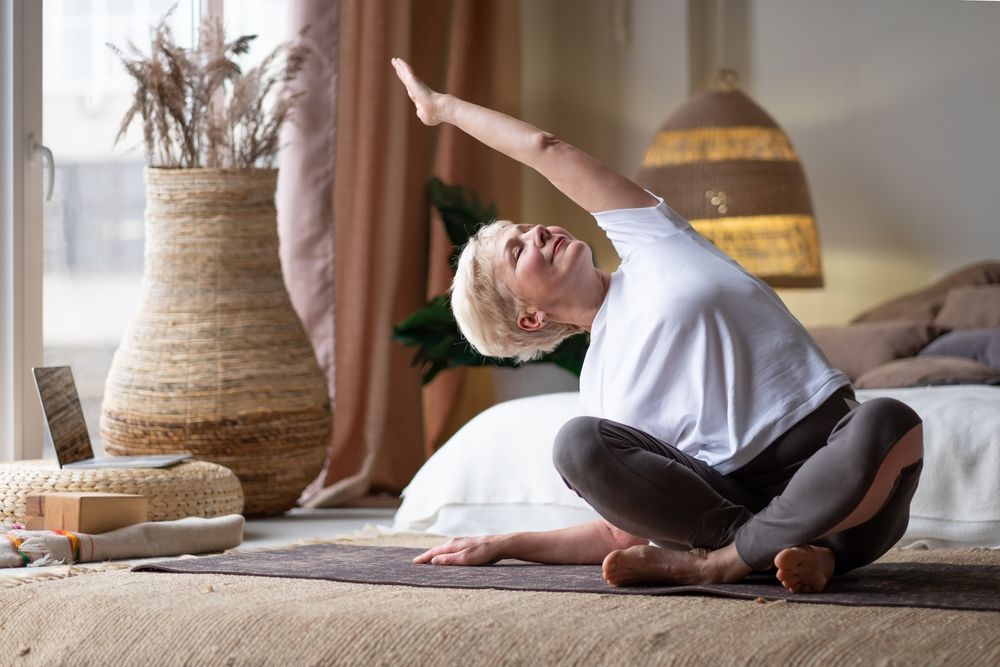As you age, the importance of maintaining and enhancing flexibility cannot be overstated for healthy aging. Flexible muscles and joints not only aid in injury prevention but also contribute to improved posture and mobility, ultimately facilitating easier and more comfortable daily activities. Conversely, insufficient flexibility can result in tight, stiff muscles, leading to discomfort and restricted range of motion. Amidst the abundance of conflicting information available online, embarking on the journey to increased flexibility may seem daunting. Fortunately, we've compiled insights and tips from certified personal trainers to help you navigate this process effectively.
One of the primary benefits of preserving flexibility as you age is an enhanced quality of life. Research from 2022 highlights that flexibility enables pain-free, unrestricted movement, significantly enhancing day-to-day functionality and promoting continued activity and independence as you progress in years. Additionally, flexibility plays a pivotal role in fall prevention and posture improvement, addressing significant concerns for older individuals.
In addition to its physical advantages, maintaining flexibility can have a profound impact on your mental well-being. Studies indicate that engaging in regular stretching and flexibility exercises, such as yoga, can effectively reduce stress and anxiety levels, elevate mood, and enhance emotional regulation.
Regardless of your current fitness level, integrating the following expert tips into your daily regimen can aid in improving flexibility and promoting overall health and longevity.
Discover our top 10 recommendations for enhancing flexibility as you age.
1) Be patient and persistent.
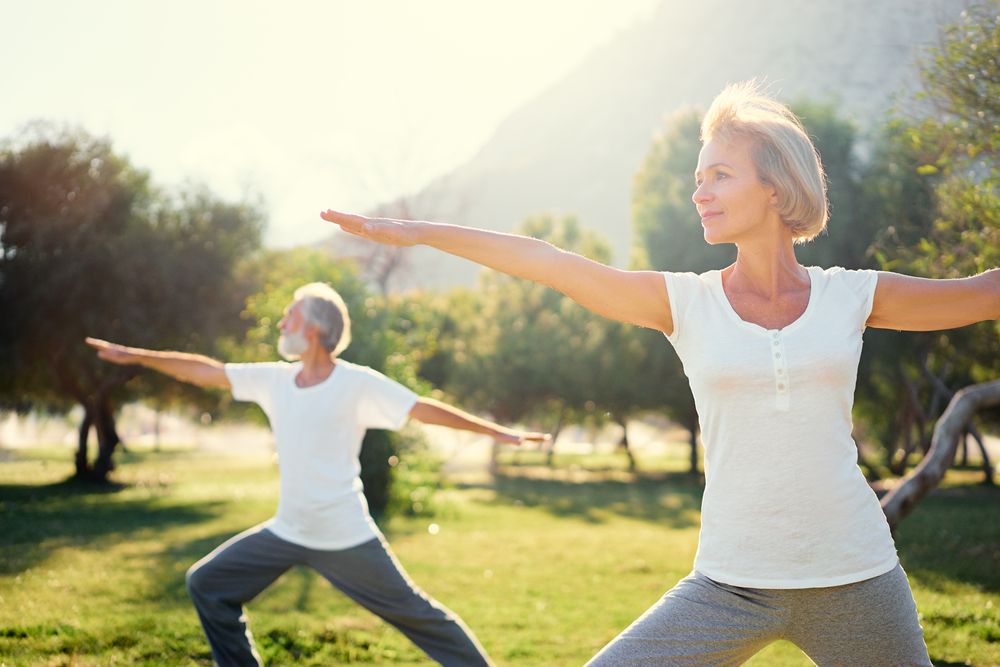
As with any health and fitness objective, consistency is paramount in the pursuit of enhancing flexibility.
According to Kyrie Furr, CPT, a certified personal trainer and performance coach with Barbend, maintaining a consistent approach is crucial for gradual flexibility improvement. Furr emphasizes the importance of dedicating regular effort and patience to your stretching regimen. Celebrating small milestones and practicing self-compassion during setbacks are also vital aspects of the journey. While progress may take time, Furr underscores that with unwavering dedication, significant enhancements in flexibility and mobility can be achieved.
2) Stay hydrated.

Adequate hydration is essential for preserving flexibility, as it contributes to the suppleness of your muscles and connective tissues. It's important to ensure you consume plenty of water throughout the day, particularly before and after stretching sessions.
Nadia Murdock, CPT, a certified personal trainer at Garage Gym Reviews, emphasizes the impact of dehydration on muscle tightness. Murdock highlights that sufficient water intake is crucial for maintaining lubricated joints and supporting your flexibility endeavors. Hydration plays a vital role in enhancing both movement and flexibility, making it an integral component of your routine.
3) Know your body.

It's crucial to listen to your body's cues during stretching and avoid overexertion to minimize the risk of injury or strain. Adopting this mindful approach enables you to focus on gradual flexibility enhancement consistently.
"Begin by identifying areas of tightness or areas requiring improvement," advises Furr. "While addressing the entire body is beneficial for overall health, prioritizing areas of concern can be a strategic starting point."
4) Monitor your progress.

Maintaining motivation and progress can be facilitated by documenting your flexibility journey through journaling or utilizing tracking apps.
"Being mindful of your achievements in the stretching process is key to staying motivated," advises Murdock. "Recording your progress in a journal or on your phone allows you to reflect on the steps you've taken to preserve flexibility and identify areas for potential adjustments."
5) Include active stretching.
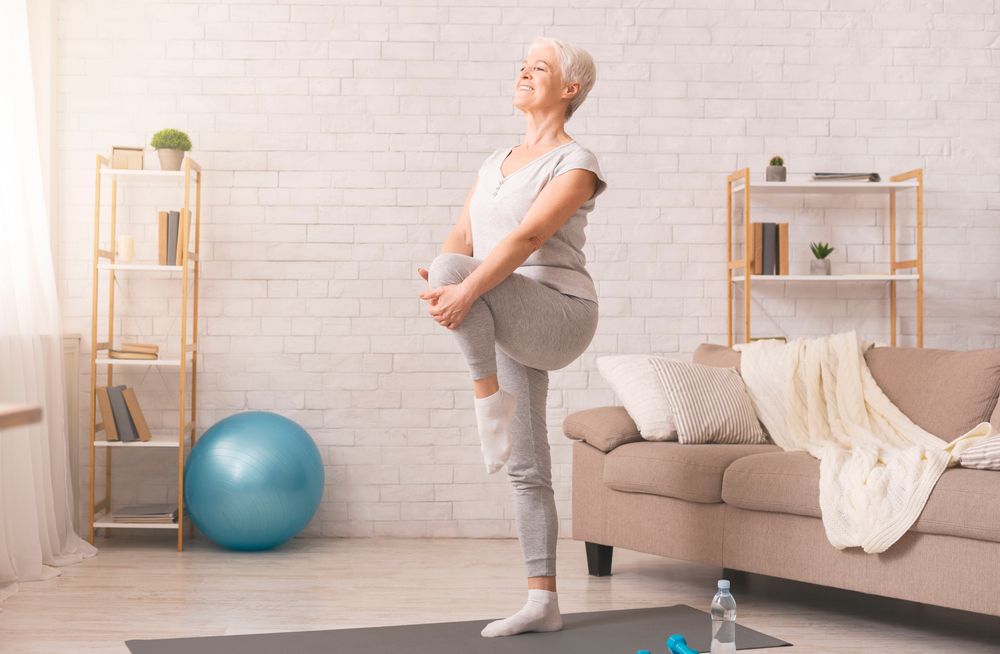
"Enhancing flexibility goes beyond static stretching," Furr emphasizes. "Engaging in active stretching exercises that involve moving a joint through its complete range of motion is crucial for flexibility improvement. Examples of active stretching include leg swings or arm circles."
Moreover, apart from enhancing flexibility, a 2021 study discovered that active stretching can enhance muscular strength and promote better balance, both vital aspects of healthy aging.
6) Don't compare yourself to others.
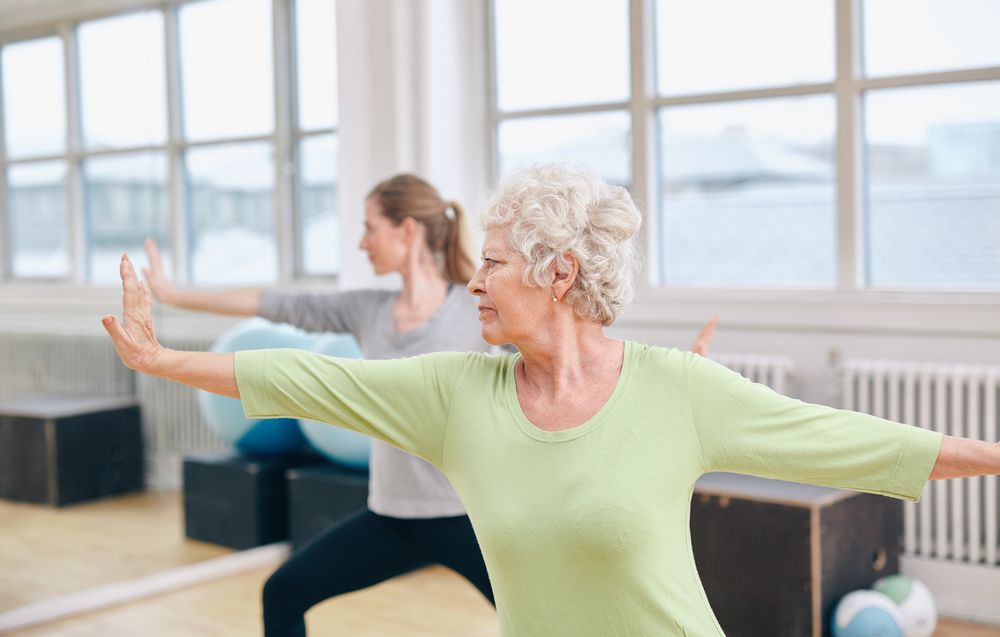
Recognizing that everybody is unique underscores the importance of avoiding comparisons when it comes to flexibility levels. Doing so can prevent feelings of frustration and discouragement, allowing you to stay committed to your progress.
Murdock emphasizes, "Measuring yourself against others, or even against your past self, can hinder your progress. Instead, celebrate your achievements each day and remain focused on your personal goals."
7) Try different types of stretching.
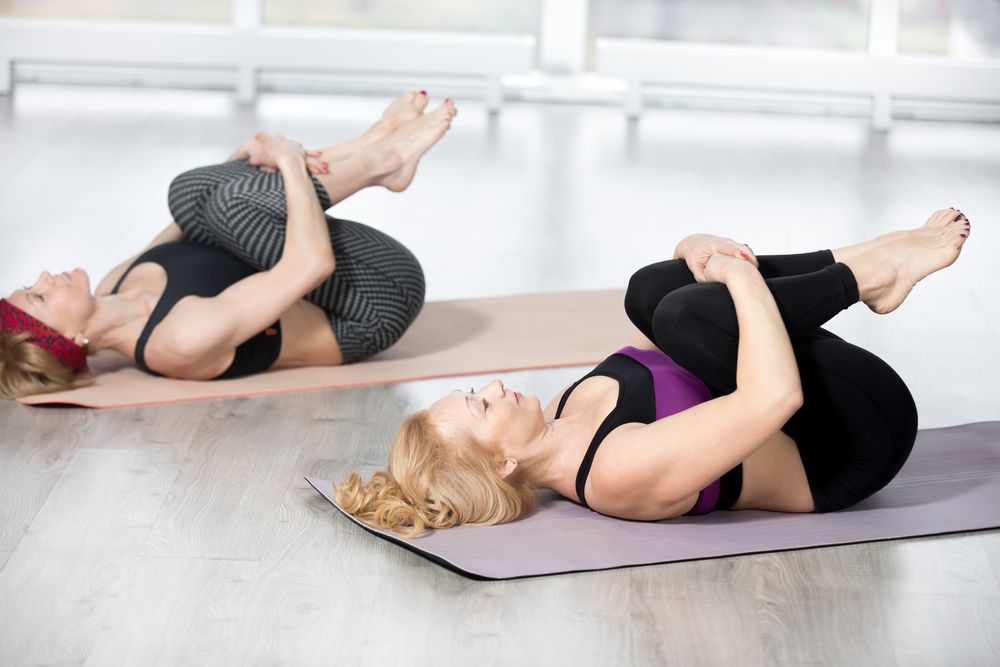
Discovering the most effective stretching methods for your body involves experimenting with different techniques.
"Stretching isn't a one-size-fits-all endeavor," explains Furr. "Try various approaches like dynamic, active, ballistic, proprioceptive neuromuscular facilitation (PNF), and isometric stretching. Each technique provides distinct advantages and contributes to flexibility in diverse ways. Identifying what resonates with you and maintains your interest and motivation is key."
8) Get outside your comfort zone.
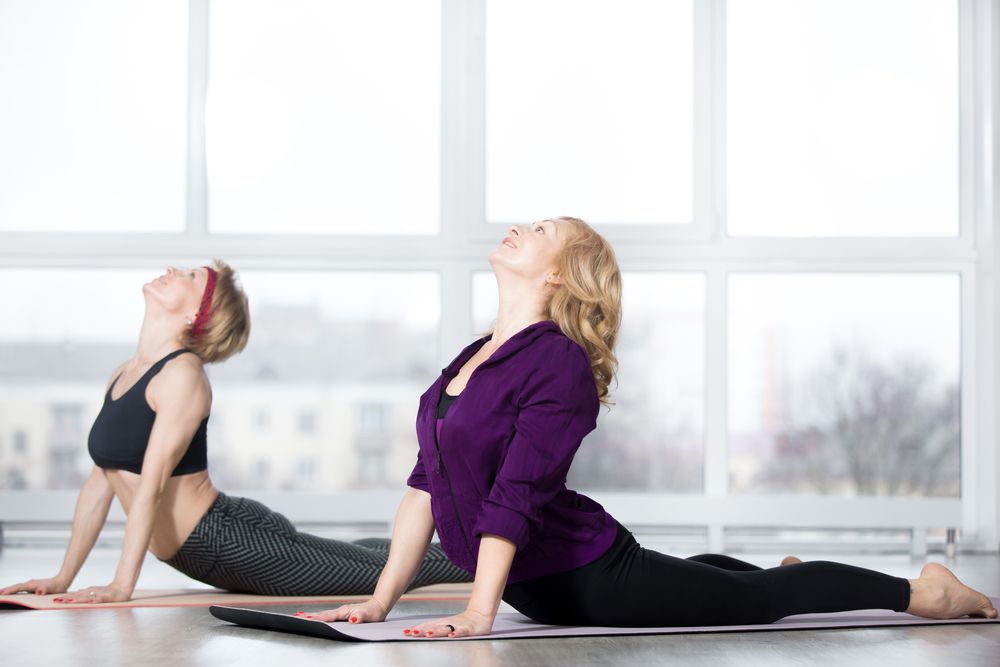
To make significant strides in flexibility, you need to embrace stretching outside your usual comfort zones. This entails being open to stretching wherever and whenever the opportunity arises.
"Stretching isn't confined to the gym. Being creative with your stretching routine allows you to incorporate it throughout your day," explains Murdock. "For instance, try stretching in bed, at your desk in the office, or even while seated in the car."
9) Listen to your body.
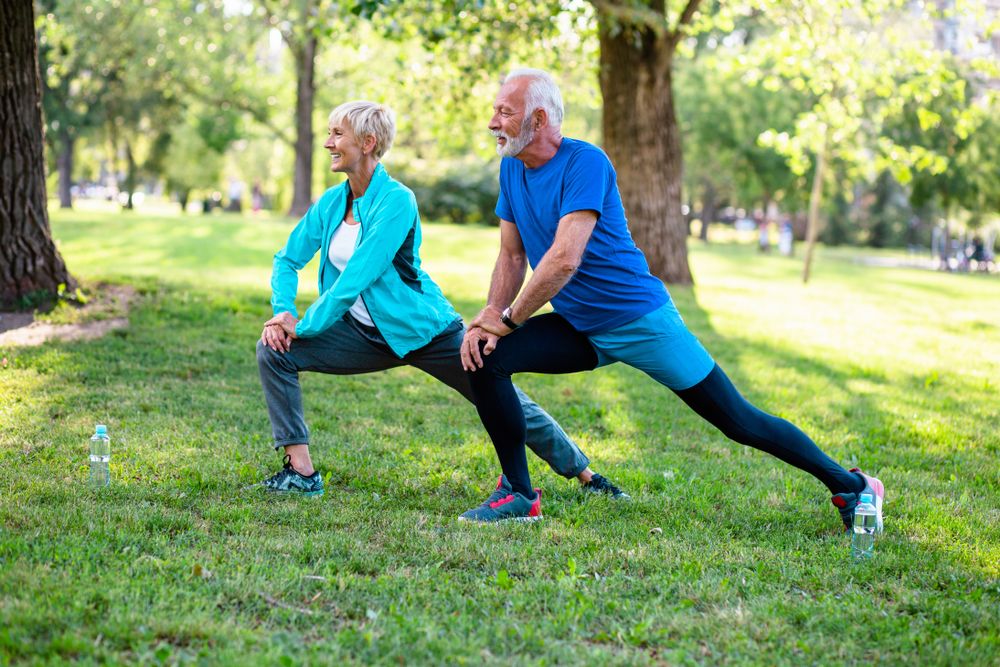
Engaging in activities that enhance flexibility, such as yoga, Tai Chi, or stretching, should promote relaxation and a sense of well-being, not discomfort or pain. If you encounter any pain during these activities, it's essential to ease off and evaluate your approach.
"You should aim to stretch until you feel mild tension or discomfort, but avoid pushing yourself to the point of overstretching," recommends Furr. "While stretching is advantageous for everyone, overdoing it can result in muscle strains, injuries, and potential joint instability."
10) Invest in professional guidance.

"Assisted stretching offers a safe method to expand your range of motion," explains Murdock.
It's wise to enlist the support of a personal trainer, physical therapist, or yoga instructor to craft a tailored flexibility regimen. These professionals are adept at guiding you through proper techniques and ensuring gradual progress, particularly if you're new to stretching.

